Cars of the future geared towards kids and targeted advertising experiences
Welcome to the future of family road trips, where games and playlists are designed to keep young passengers happy – and the car could even suggest your parents pull in at the next Maccas
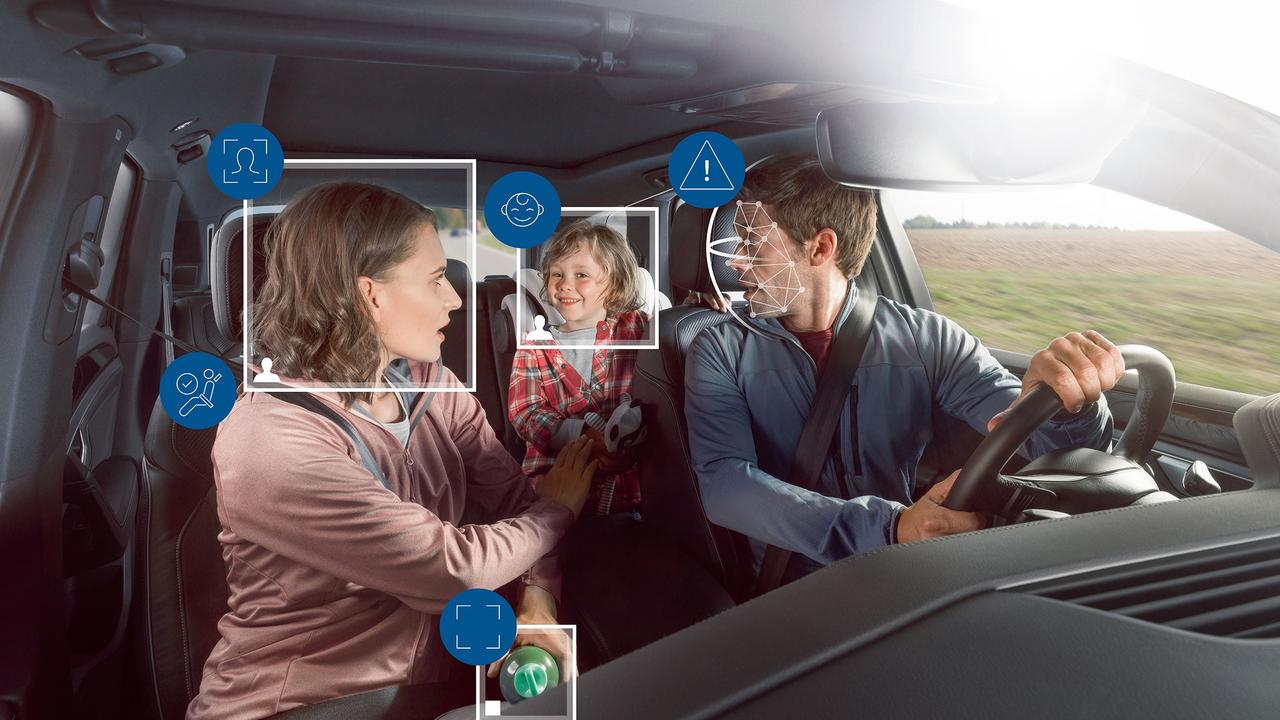
READING LEVEL: GREEN
Some parents are old enough to remember the Jetsons*, a space age family with a flying car. We’re still waiting to take the average family vehicle to the skies – but the car of the future will almost certainly use interior cameras* to see who is on board, then use that information to sell products to you.
Fancy a stop for Happy Meals after your parents pick you up from school? Well, welcome to the era of turbocharged “pester power”, where kids will be able to use new car technology to try and convince parents to spend money on games, apps, snacks and digital customisation* while mum or dad is distracted by driving.
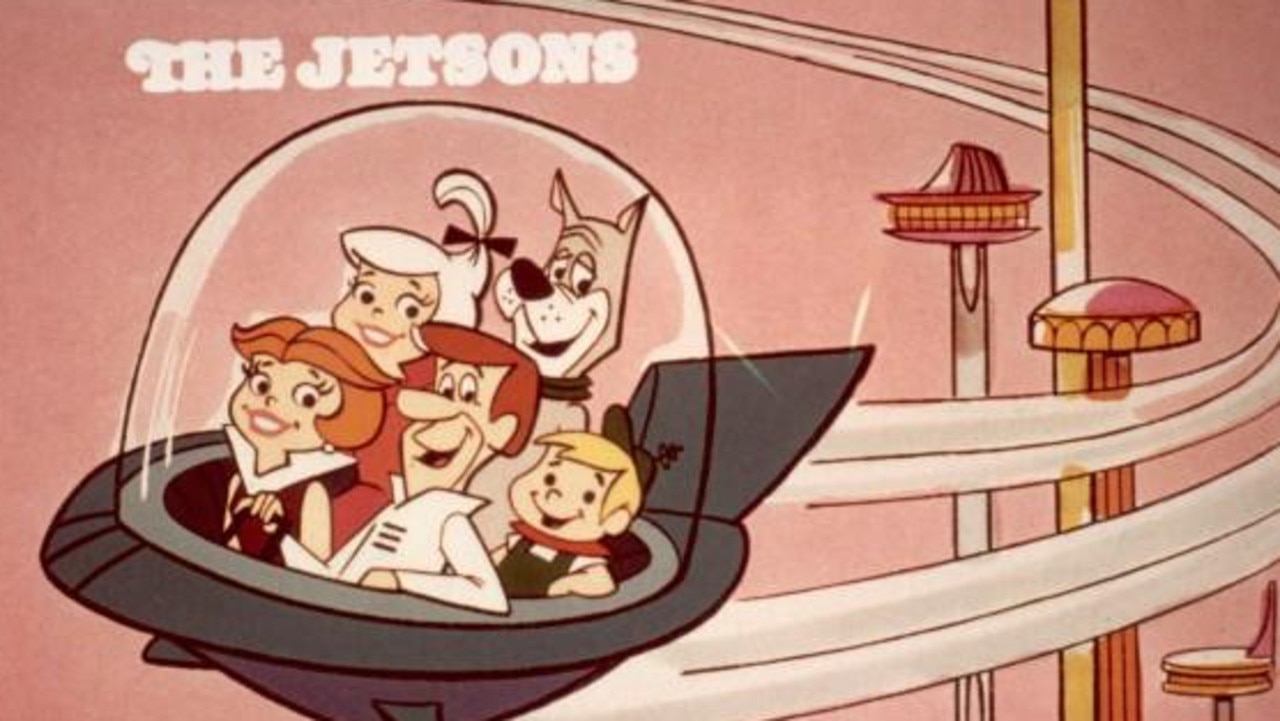
Ford made headlines recently when it took out a patent* for in-car advertising that included the unsettling ability to eavesdrop on passengers and tailor content to their conversations.
The software even comes equipped with the ability to “understand the user’s tolerance* for a particular advertisement’s count” – in other words, it listens out for irritated drivers saying things like, “If I hear one more ad for this petrol company, I’ll buy 10 litres from their competition instead!”
Unlike the Jetsons, this isn’t fiction.
Tal Krzypow, a strategist* at in-car tech company Cipia, said in-car camera systems will almost certainly be used for commercial purposes*.
“Let’s say that right now you’re on a road trip from Sydney to Melbourne and you’re with the wife and kids,” Mr Krzypow said.

“It can first of all personalise the experience, setting the right temperature level, because when you are with the kids, the preferences change, right? It’s the same for the playlist.”
Yes, that’s right, your car could automatically swap out your parents’ favourite tunes for Tay Tay if it senses that Swifties are on board.
Other elements might be more controversial*.
“If it knows that it’s around noon time and you still have a long way to go, and one of your favourite restaurants is on the road, it can offer you actively, ‘Hey, do you want your favourite meal? And the kids? Do you need the rest room? Do you want to use facial recognition* to authenticate* the payment?’,” Mr Krzypow said. “All of a sudden you can bring into the cabin a host of services and products in context* that truly add benefit, but that rely on the understanding and the context of what’s going on inside the cabin.
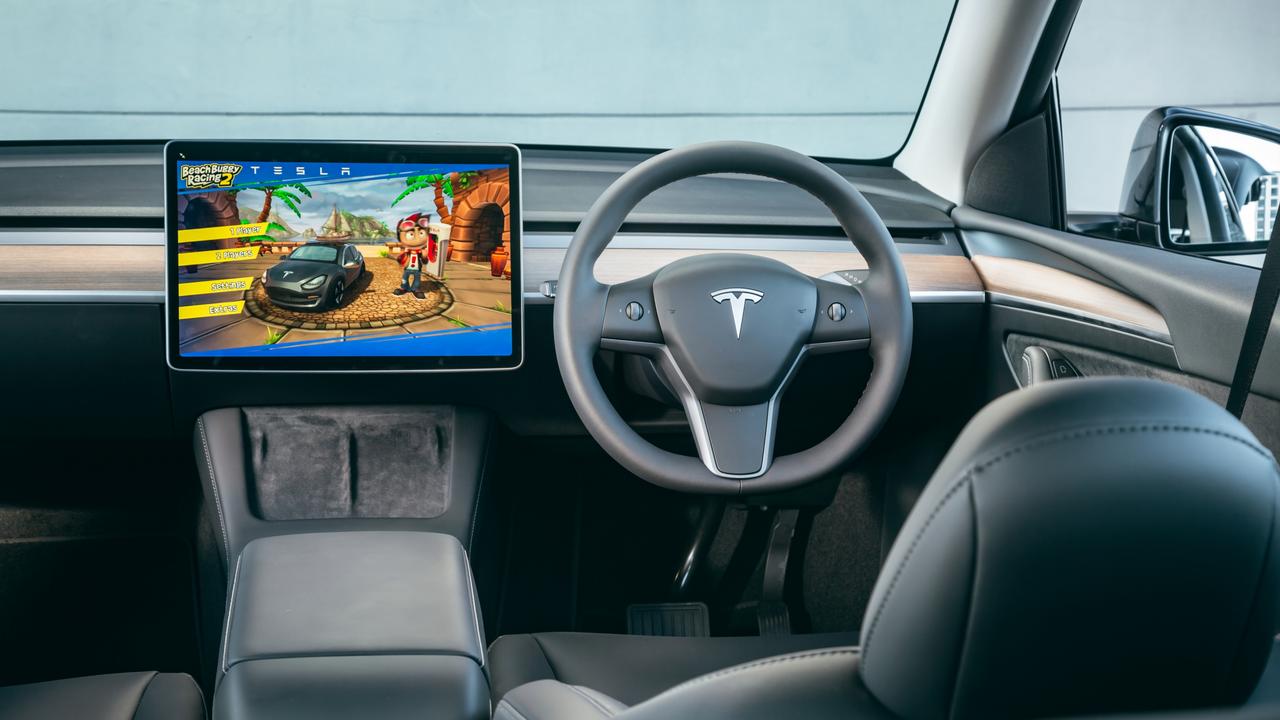
“It’s quite a while ahead, so we have time to prepare.”
Just like how phones made the leap from simple devices for calls and text messages to digital machines with dozens of paid apps, Mr Krzypow says car companies are making the same transition*.
Nissan is preparing to launch cars such as the new Patrol 4WD with Google operating systems that allow customers to use the Google Play store to buy apps.
The carmaker says it is a way to “ramp up investment opportunities*” while improving customer engagement*.
BMW customers can now play Uno card games in some models, as long as they pay $10 per month to subscribe to BMW’s digital premium service.

That’s the same amount Tesla charges for Premium Connectivity – which unlocks the ability to pay more again to subscribe to stuff like Spotify or Netflix in the car.
Mercedes has an excellence package that brings 22 extra features, including vehicle tracking* and the ability to send a temporary digital key* to friends’ phones for about $500 per year.
Smart recently launched in Australia and its cars have cute little animal avatars as digital assistants.
Overseas customers can already pay to customise their animal – perhaps by choosing a different character, and even by buying them pixelated accessories like cute hats – using real money.
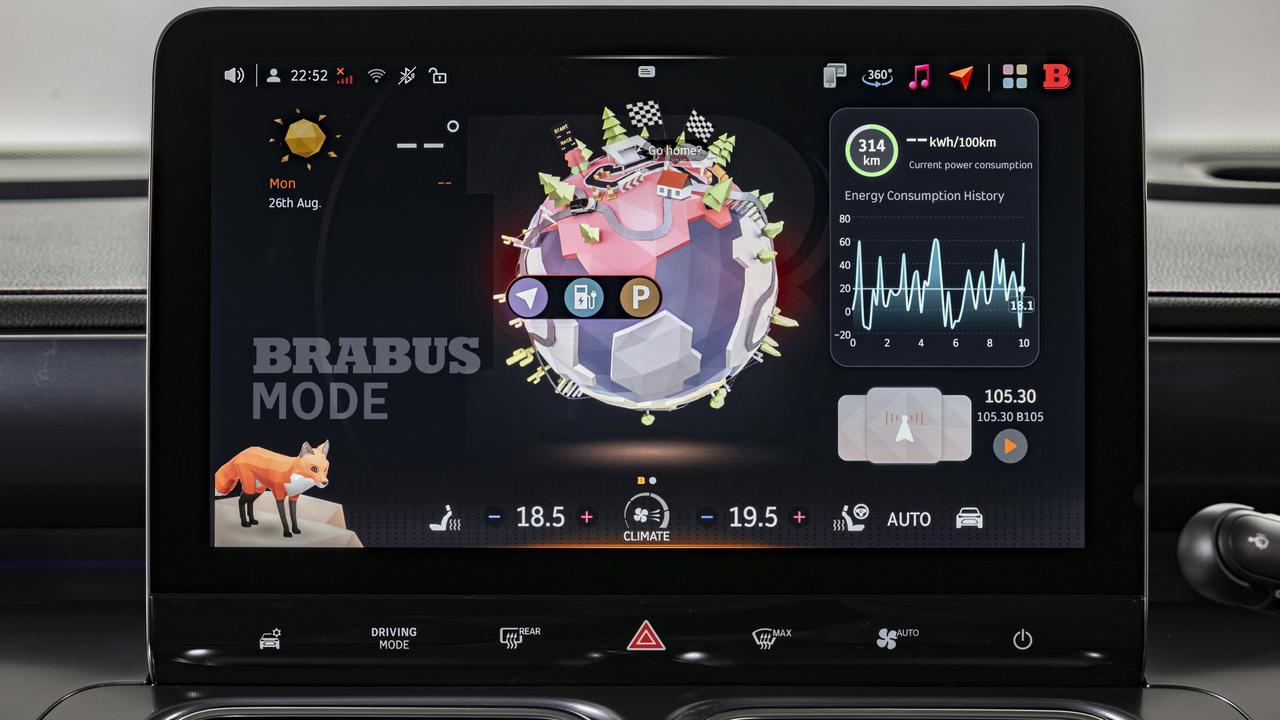
It’s a lot like Fortnite or Roblox.
Smart designer Kai Seiber said the cars changed between markets.
“In China they want a different animal every day, but in Germany they say, ‘we don’t need this’,” he said.
Some of these features may not be available in Australia yet, but this is only the beginning.
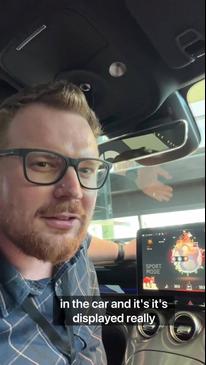
POLL
GLOSSARY
- the Jetsons: a popular TV cartoon from the early 1960s produced by Hanna-Barbera Productions that was set in the future, where people lived in homes up in the sky and drove cars that could fly
- interior cameras: cameras set up on the inside of a car
- digital customisation: using digital tools to tailor experiences and products to the customer
- patent: the legal right to stop others from using, making or selling the same technology
- tolerance: what you can handle
- strategist: someone who comes up with new ideas and ways to roll them out
- commercial purposes: to make money of it
- controversial: something causing controversy, or public disagreement
- facial recognition: technology capable of using a video camera to match a person’s face with an image stored in a database by comparing it against a series of images
- authenticate: prove your identity
- context: the situation around something happening
- transition: change from one thing to another
- investment opportunities: opportunities to make money
- customer engagement: getting the customer interested and engaging with a product or service
- vehicle tracking: being able to find where your vehicle is
- digital key: technology that enables you to use your smartphone to start your car, instead of your physical car key
EXTRA READING
Spaceships grounded at Aussie property
First tourist ‘sets foot’ in space
Ig Nobel awards for weird science
QUICK QUIZ
1. What do phones and cars have in common?
2. Name two ways the cars of the future could tailor our driving experience for us?
3. In the TV show the Jetsons, what unique feature did the cars have?
4. How much does it cost BMW customers per month if they want to play Uno in the car?
5. Which brand features customisable animal avatars as digital assistants?
LISTEN TO THIS STORY
CLASSROOM ACTIVITIES
1. Road trip story
Write a narrative about a family road trip in a “car of the future”. Think about whether the “smart” features of the car will be helpful or a hindrance. Will the car save the day, or will it be the cause of your woes? Make sure your car includes some of the features detailed in the news article as well as other capabilities that you think the next generation of vehicles will offer us.
Time: allow 40 minutes to complete this activity
Curriculum Links: English
2. Extension
Think about some ways in which the type of technology described could improve vehicle safety. Choose one idea and describe in detail how this feature could work and why it is beneficial.
Time: allow 15 minutes to complete this activity
Curriculum Links: English
VCOP ACTIVITY
Read this!
A headline on an article – or a title on your text – should capture the attention of the audience, telling them to read this now. So choosing the perfect words for a headline or title is very important.
Create three new headlines for the events that took place in this article. Remember, what you write and how you write it will set the pace for the whole text, so make sure it matches.
Read out your headlines to a partner and discuss what the article will be about based on the headline you created. Discuss the tone and mood you set in just your few, short words. Does it do the article justice? Will it capture the audience’s attention the way you hoped? Would you want to read more?
Consider how a headline or title is similar to using short, sharp sentences throughout your text. They can be just as important as complex ones. Go through the last text you wrote and highlight any short, sharp sentences that capture the audience.


